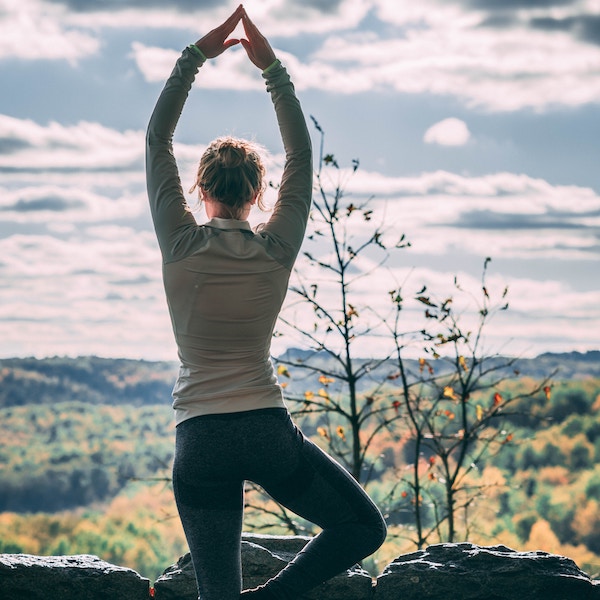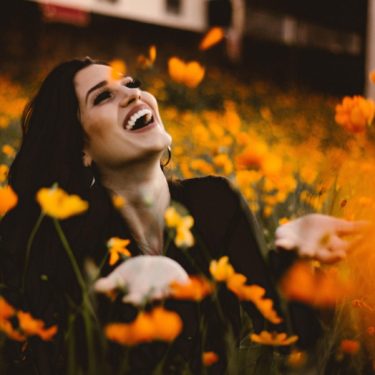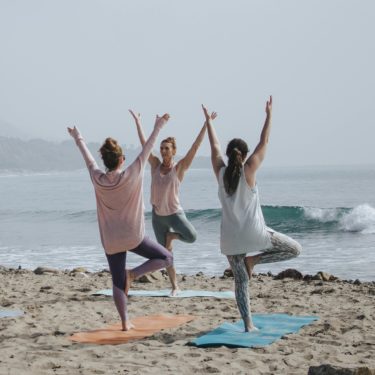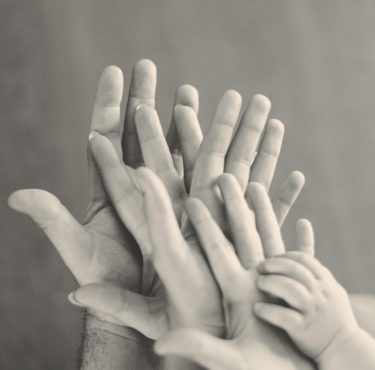When you hear the word meditation, your mind might summon images of ancient sages and rishis sitting in lotus pose, legs crossed, hands in mudra, eyes closed in seemingly perfect concentration and connection to the divine. You might then think ‘this is not for me,’ ‘how the heck am I supposed to concentrate like that?’ or perhaps ‘that just won’t work for me.’ The practice of meditation might seem far-reaching or even unattainable. If this rings true or familiar for you, I’ve got great news – there is more than one form of meditation! I’ll walk you through several different forms as we explore the realm of contemplative practices. Finding Your Meditation Style can be tricky – learn to find yours in this article.
Societal Context and Differences
Ancient texts provide a rich look into a variety of meditation practices. From Vipassana, a practice based in concentrating awareness on the breath and body sensation, to Zazen, a practice from Chinese Zen Buddhism based on breath awareness and posture, to Mantra Meditation, which utilizes the repetition of a sound or word, there is quite a lot of variation to this ancient practice. Something to remember, when feeling into which style you might want to consider, is your lifestyle. Thousands of years ago, most people were farmers, carpenters, builders – in general, people that led very active lifestyles, where seated meditation was very conducive to their lives, given the level of activity they experienced daily. If the thought of sitting for any length of time makes you squirm, or if you have a sedentary job, a seated practice may not be the most useful for you. Today, many of us find ourselves living out the opposite dynamic – sitting for a large part of the day and needing more movement in our lives, which brings us to the next point -modernization and individualization.

Honor Traditional Ways & Modernize
With any ancient practice, it is of course essential to honor and acknowledge where it all began, recognizing the roots and foundation in the context of a larger system of philosophy and culture. It is also important, as we change and evolve societally, and as individuals, to modernize practices in a way that they will be of service to our unique selves, and allow us to learn and grow, rather than become a slave to a particular way of practicing if it’s not serving us.
There are Options – Finding Your Meditation Style
As promised, let me remind you that there are options! Here is just a sampling of many different styles. If one sounds more interesting, reach out to your local community to learn if there is a group that gathers and practices together. Approaching a new practice can be challenging and intimidating, and having the support of a sangha, or spiritual family or group, can be invaluable.
Finding Your Meditation Style is not as easy as it seems
If you’re a bit more intellectual and serious, Vipassana, Zazen, or Self- Inquiry might be most interesting for you to explore. If you’re creative and have a strong ability to visualize colors and images, yogic chakra meditations or gazing practices might suit you best. If you find more stillness through movement, Chi Gong, dance or walking meditation might inspire you. The path you choose need not be what you see in images of ‘meditation’ or traditional texts, it needs to be what works you, grounds you, and connects you to your own inner stillness.
- Zazen: with posture as the foundation, this practice focuses on awareness of arising thoughts and sensations. In some ways, it is the most basic starting point – a very minimalistic practice. It is derived from Zen Buddhism.
- Vipassana: translates to ‘insight’ or ‘to see clearly’. Also focused on awareness of breath, and the arising and passing of all phenomenon. As emotions, thoughts, and sensations arise, the technique of ‘noting’ can be used to identify theses phenomenon (ie. ‘thinking,’ ‘hearing,’ ‘sadness’, etc.).
- Metta: means ‘loving-kindness.’ In this meditation practice, one visualizes and sends loving thoughts and feelings to friends, loved ones, oneself, and in time, the entire universe. This practice has been shown to increase empathy, compassion, self-acceptance, and overall feelings of purpose and contentment in one’s life.
- Mindfulness: also derived from Buddhism, this practice is also very similar to Zazen and Vipassana, with an awareness of the breath as the main focus of awareness.
- Mantra: utilizes the repetition, silently or aloud, of a sound or syllable, such as ‘Om’ or ‘Om Namah Shivaya’. The repetition gives the mind a point of focus to become still. There are hundreds of mantras for cultivating different states and feelings. Mantra can be used at any time during the day, during any activity, not just for seated meditation. You could even recite mantras as you wash the dishes!
- Self-Inquiry: asks the question ‘Who Am I?’ as the base for contemplation. This practice is a tool for recognizing the ‘ego’ and getting to the root of who you truly are. This is also best done with a guide or teacher if it’s a new practice to you.
Yogic Practices:

- Kundalini: focuses on the energy of the spinal column. It involves breath-work, spinal movement, and is best supported by a teacher.
- Chakra: if you’re a visual person, chakra meditation might be right up your alley. This practice focuses awareness on one or all of the 7 chakras, combining visualization with mantra.
- Pranayama: one of the 8 limbs of Raja Yoga, pranayama loosely translates to ‘breath control’. A good preparation for meditation, pranayama involves controlled breathing cycles (ie. squared breathing inhale 5, hold 5, exhale 5, hold 5), active breathing (breath of fire), and alternate nostril breathing.
- Gazing: involves fixing one’s gaze on an object, such as a candle, an image or a symbol, with the eyes open and closed, to develop concentration and visualization.
- Chi gong: involves slow body movement, breathing, and inner focus. This is a body-mind exercise to cultivate life-energy and qi (chi). Awareness is focused on the dantien (lower navel energy center).
- Walking: this practice is simple, yet profound. Walking meditation is total focus and awareness on the sensations of walking, and sensations of all senses and surroundings, as one walks slowly and mindfully. You can practice walking meditation on your way to work, walking through a parking lot, or in a park – no one will know!
- Dance: can also be a powerful form of meditation. Sometimes the simplest actions move the most energy!
Practice
Like any new skill or endeavor, meditation does take practice. It is something we get better at with time. That’s not to say we reach a point where we no longer need to practice, but we are able to find stillness more quickly and readily. Like any sport, musical instrument, artistic practice, it helps to practice daily, and make a commitment to practicing. At the same time, it’s vital to tune in, and ask yourself ‘What is true for me today?’ Perhaps you’ve been working with a seated practice, but today you just need to dance it out to move the energy and return to your center.
Finding Your Meditation Style is not easy. Whichever style you adopt, understand that Meditation requires practice. Make it what you need it to be your best self.




